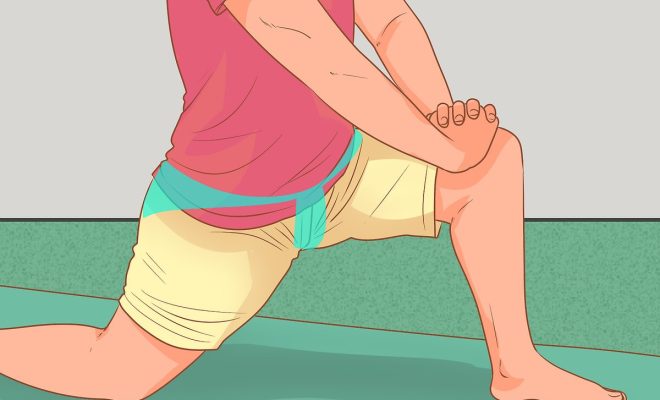3 Ways to Trot a Horse

Introduction:
Trotting is an essential gait for horse riding and is often more comfortable for the rider than other gaits, such as the walk or canter. It’s important to learn how to trot a horse correctly as it helps develop balance, coordination, and trust between the rider and the horse. In this article, we will discuss three different methods of trotting a horse: the posting trot, the sitting trot, and the rising trot.
1. Posting Trot:
The posting trot is one of the most common ways to trot a horse. It involves standing slightly out of the saddle and sitting back down in rhythm with the horse’s movement. This action helps absorb some of the bounce experienced when a horse trots, allowing for a smoother ride.
To perform a posting trot:
– Ensure you have a good position in the saddle with even weight distribution across both stirrups.
– Hold onto your reins lightly but firmly.
– As your horse moves forward in a trot, gently rise out of your saddle by pushing yourself up with your legs and slightly leaning forward.
– When you feel the upward movement of your horse’s stride begin to slow down, sit back down in your saddle gently.
– Timing is crucial here – aim to rise with each stride and sit back down as the stride completes.
2. Sitting Trot:
The sitting trot is more challenging than the posting trot as it requires better balance and core strength from the rider. It involves sitting still in the saddle while maintaining balance through subtle body movements.To perform a sitting trot:
– Start by assuming a correct riding position with even pressure on both stirrups and soft contact with your reins.
– As your horse transitions into a trot, try to keep your seat fixed in place while allowing your hips and lower back to soften and absorb any bouncing movements.
– Maintain consistent rein contact without pulling or jerking on the horse’s mouth.
– Keep your core and thigh muscles engaged to help maintain balance and stability.
3. Rising Trot:
The rising trot is similar to the posting trot but involves more exaggerated movements from the rider. It can help riders develop better balance, leg strength, and timing.
To perform a rising trot:
– Begin in the correct riding position, centered over both stirrups with light rein contact.
– As your horse begins to trot, push yourself up in the saddle more forcefully than you would for a posting trot. This will cause your upper body to rise higher into the air.
– As you come back down, aim to gently return to your seat without plopping down hard on the saddle, which could upset your horse.
– Practice this movement while maintaining proper alignment and staying true to the rhythm of your horse’s stride.
Conclusion:
Mastering these three types of trots can help improve overall riding skills and build a strong foundation for more advanced riding techniques. Each method emphasizes different aspects of in their equestrian journey.






